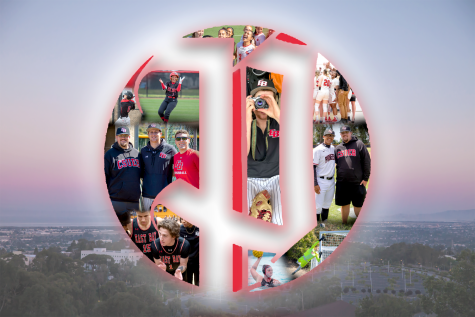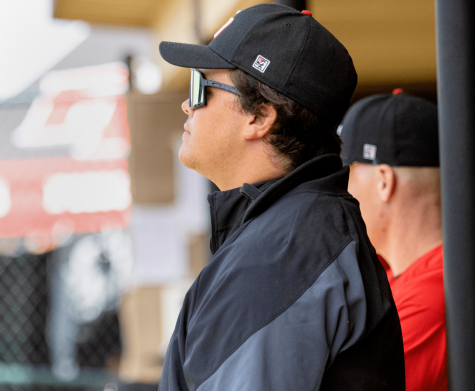Women’s U.S. soccer struggles to break ground
The NBA, NFL, and MLB, remain the best leagues of their kind in comparison to the rest of the world, and chances of this changing anytime soon appear substantially slim.
While the United States is unquestionably home to some of the most passionate sports fans, soccer is the only globally loved game whose popularity in America does not come remotely close to that of baseball, football, or basketball. Still, this has not stopped the US from producing at least one world cup winning national soccer team.
For many years, the United States Women’s National Soccer Team (USWNT) has remained a strong title contender. Alex Morgan, Hope Solo, Abby Wambach, and Carli Lloyd, have stunned the world with their exceptional foot skills in countless stadiums around the world, which caught the attention of news outlets and magazines, but for some reason, American Women’s soccer cannot gain traction.
Despite the unsuccessful past attempts of the United States Soccer Federation to develop and maintain a strong professional women’s soccer league, the USWNT are not a reflection of the league’s failed history. In fact, the American ladies are the opposite of failures, they are champions.
Although they brought home a world cup championship, why does the National Women’s Soccer League (NWSL) still not have a steady stream of owners, sponsors, and fans?
“I think even though the professional women’s soccer leagues have been able to attract a lot of talented players and put together an excellent product, the amount of money it takes to run a professional organization surpasses the amount of revenue brought in,” said Amy Geraci, head coach of California State University East Bay Women’s Soccer Team. “Money the teams generate with ticket sales, merchandise and small TV contracts simply aren’t enough to sustain a team, and therefore a league. In addition, sponsors can be tough to come by.”
American sports fans have little interest in financially and emotionally supporting the league and the ladies playing in it. The failed past of professional women’s soccer is not due to lack of talent, but rather to low fan turnouts at games, less viewers, minimal TV deals, and lower player salary rates explained Jake Pasini, Senior Media Relations Coordinator for the San Jose Earthquakes.
“Like other sports in the United States, the women’s version is a little bit less aggressive, operates at a little bit of a slower pace, and I would say the general consensus it is played at a lower quality,” Pasini said.
Just like the way the MLS once struggled to launch, the women’s professional soccer league has had an even tougher time gaining recognition and building a fanbase that attends matches regularly. Talent is not the reason women’s professional soccer in the U.S. is struggling to launch – its the lack of compensation.
According to NBC Sports, “the minimum salary for an NWSL player is $6,842 for the course of the six-month season; the maximum is $37,800, made primarily by international-level players.”
Consequently, this lack of revenue leads to poverty-level salaries. Pisani stated that if the team cannot generate sponsorships or TV deals – any league will have a hard time staying afloat – with or without a home arena to play in.
“Fortunately for the sport, popularity in both genders has grown, especially the women’s game. Some reports suggest this past Women’s World Cup Final against Japan received more viewers than the NBA finals and the Stanley Cup Finals for the same year,” Gerace stated. “Hopefully, this will help generate more money and drive equality in terms of pay. Either way, this topic is something that FIFA is going to have to address.”







